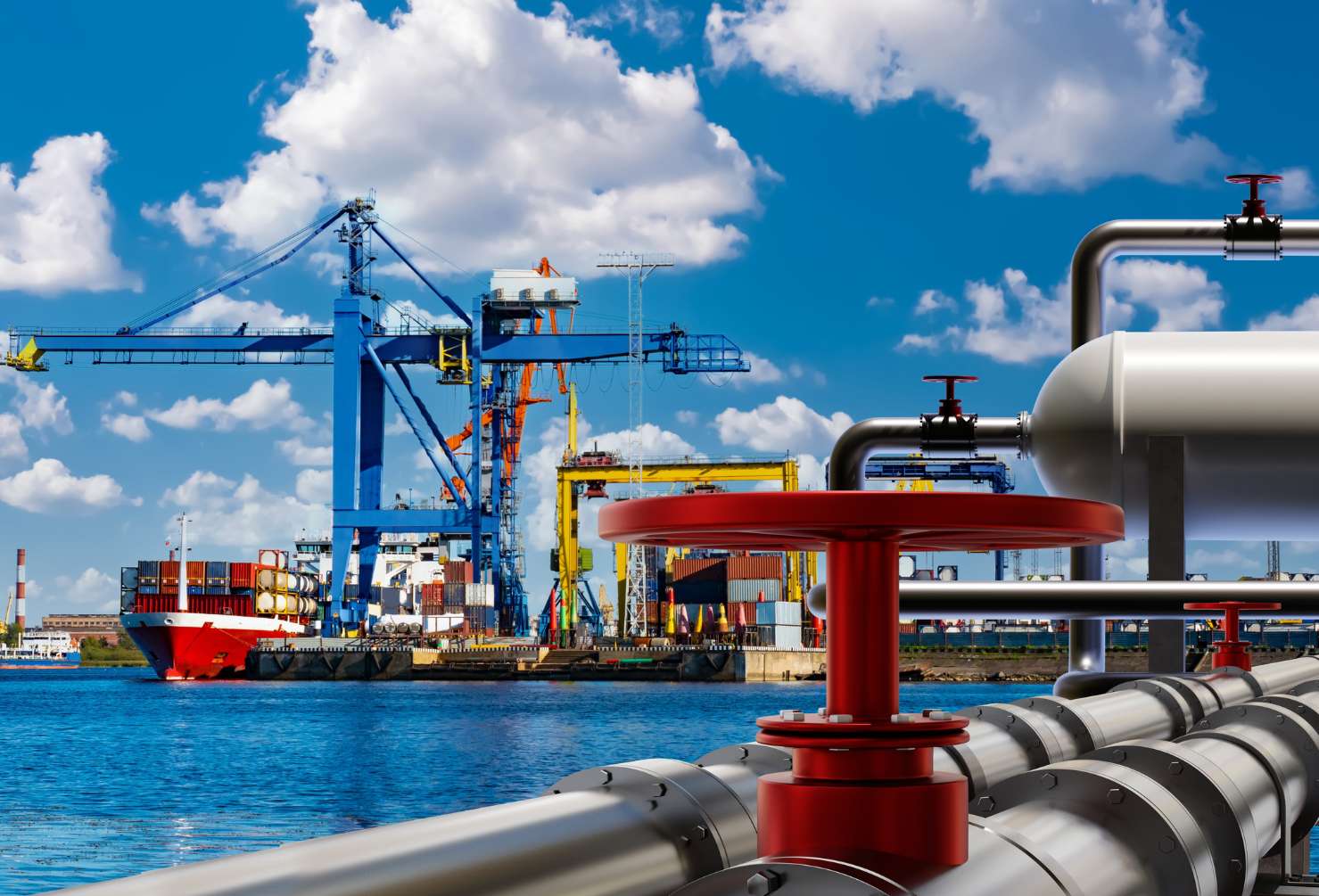
Australia’s offshore drilling sector has been a vital component of the country’s energy landscape for decades, contributing significantly to the economy and ensuring energy security. However, as the world moves towards a more sustainable energy future, the offshore drilling industry in Australia is facing a period of transformation. This change is driven by new regulations, technological advancements, and shifting market dynamics. In this blog, we explore the future of offshore drilling in Australia, examining the impact of these factors and what they mean for the industry and its stakeholders.
The Role of Offshore Drilling in Australia’s Energy Landscape
Offshore drilling has played a crucial role in Australia’s oil and gas industry, particularly in regions such as the North West Shelf, Bass Strait, and the Browse Basin. These areas have been prolific sources of natural gas and oil, driving economic growth and providing energy security for the nation. Australia is one of the world’s largest exporters of liquefied natural gas (LNG), and offshore drilling is fundamental to maintaining its position in the global market.
However, as global energy demand shifts towards cleaner and more sustainable sources, the offshore drilling sector must adapt to remain viable. New regulations, technological innovations, and evolving market conditions are reshaping the industry, presenting both challenges and opportunities for companies involved in offshore exploration and production.
1. New Regulations: Navigating a Changing Regulatory Landscape
The regulatory environment for offshore drilling in Australia is becoming increasingly stringent, reflecting growing concerns about environmental protection, safety, and sustainability. Several key regulatory changes are impacting the future of offshore drilling in Australia:
Stricter Environmental Standards
Environmental protection has become a top priority for regulators, with new standards being introduced to minimise the impact of offshore drilling on marine ecosystems. The National Offshore Petroleum Safety and Environmental Management Authority (NOPSEMA), Australia’s primary offshore regulator, has implemented stricter requirements for environmental impact assessments (EIAs), spill response plans, and decommissioning activities.
These regulations aim to ensure that offshore drilling operations are conducted safely and responsibly, with minimal risk to the environment. Companies must now provide comprehensive environmental management plans and demonstrate their ability to prevent and respond to potential environmental incidents, such as oil spills or marine pollution.
Decommissioning Obligations
As many offshore facilities reach the end of their operational life, decommissioning has become a critical issue. New regulations require companies to develop detailed decommissioning plans that outline how they will safely dismantle offshore infrastructure and restore the marine environment. The costs and complexities associated with decommissioning are prompting companies to rethink their long-term strategies and consider more sustainable alternatives.
Carbon Emission Reduction Targets
Australia’s commitment to achieving net-zero emissions by 2050 is influencing regulations across the energy sector, including offshore drilling. Companies are being pushed to reduce their carbon footprint, which includes implementing carbon capture and storage (CCS) technologies and improving energy efficiency in their operations. The government is also considering new policies and incentives to encourage the adoption of low-carbon technologies and practices in the offshore sector.
2. Technological Innovations: Driving Efficiency and Sustainability
Technological advancements are playing a key role in shaping the future of offshore drilling in Australia. New technologies are not only enhancing operational efficiency but also improving safety and reducing environmental impact. Some of the most significant technological trends include:
- Digitalisation and Data Analytics
Digitalisation is transforming the offshore drilling sector, with companies increasingly adopting data analytics, machine learning, and artificial intelligence (AI) to optimise operations. Digital twins—virtual replicas of physical assets—are being used to simulate and optimise drilling operations, predict equipment failures, and improve decision-making processes. By leveraging big data, companies can enhance their operational efficiency, reduce costs, and minimise downtime. - Automation and Robotics
Automation and robotics are becoming more prevalent in offshore drilling, helping to reduce human involvement in hazardous operations and improve safety. Remotely operated vehicles (ROVs) and autonomous underwater vehicles (AUVs) are used for underwater inspections, maintenance, and repairs, reducing the need for divers and enhancing safety. Automated drilling rigs are also being deployed to improve precision, reduce operational risks, and increase efficiency. - Advanced Drilling Technologies
Advancements in drilling technologies are enabling companies to access deeper and more challenging reservoirs while minimising environmental impact. Technologies such as managed pressure drilling (MPD) and extended reach drilling (ERD) are allowing companies to drill more efficiently and safely in complex geological formations. These technologies help to reduce the risk of blowouts, minimise waste, and improve the overall economics of offshore drilling projects. - Carbon Capture and Storage (CCS)
As part of the effort to reduce carbon emissions, CCS technologies are gaining traction in the offshore sector. CCS involves capturing CO2 emissions from offshore facilities and storing them in geological formations deep beneath the seabed. Several pilot projects are underway in Australia to explore the feasibility of CCS in offshore settings, and the adoption of these technologies could become a standard practice in the future.
3. Market Dynamics: Adapting to a Changing Global Energy Market
The global energy market is undergoing a significant transformation, driven by the transition towards cleaner energy sources, changing demand patterns, and geopolitical factors. These market dynamics are influencing the future of offshore drilling in Australia:
- Shift Towards Renewable Energy
The global push towards renewable energy is reshaping the energy landscape, with increased investment in wind, solar, and hydrogen projects. While oil and gas remain important components of Australia’s energy mix, the growth of renewables is creating new opportunities and challenges for the offshore sector. Companies are exploring ways to integrate renewable energy solutions with traditional offshore operations, such as using offshore platforms as bases for wind turbines or hydrogen production. - Changing Demand Patterns
Global demand for oil and gas is shifting due to factors such as the rise of electric vehicles, energy efficiency improvements, and changing consumer preferences. While Asia-Pacific remains a key market for Australian LNG, the long-term demand outlook for oil and gas is becoming less certain. This uncertainty is prompting companies to diversify their portfolios and invest in alternative energy projects to hedge against market volatility. - Geopolitical and Economic Factors
Geopolitical tensions, trade disputes, and economic uncertainties are also influencing the offshore drilling sector. The COVID-19 pandemic, for example, led to a sharp decline in global oil prices and disrupted supply chains, highlighting the vulnerability of the industry to external shocks. As a result, companies are focusing on building resilience and flexibility into their operations, including reducing costs, diversifying supply chains, and exploring new markets.
Opportunities and Challenges Ahead
The future of offshore drilling in Australia is marked by both opportunities and challenges. On one hand, technological advancements and regulatory support for low-carbon solutions present opportunities for innovation and growth. The integration of digital technologies, automation, and CCS could enhance operational efficiency, improve safety, and reduce environmental impact, positioning Australia as a leader in sustainable offshore drilling.
On the other hand, the industry faces significant challenges, including the need to adapt to stricter regulations, manage the high costs of decommissioning, and navigate an uncertain global energy market. Companies will need to be agile and innovative, leveraging new technologies and business models to remain competitive in a rapidly changing environment.
The Path Forward for Offshore Drilling in Australia
To navigate the future successfully, offshore drilling companies in Australia should consider the following strategies:
- Invest in Technology and Innovation: Embracing digitalisation, automation, and advanced drilling technologies can help companies improve efficiency, reduce costs, and enhance safety. Investing in R&D and fostering a culture of innovation will be key to staying ahead in a competitive market.
- Diversify Energy Portfolios: Diversifying into renewable energy and low-carbon technologies can help companies mitigate risks and capture new growth opportunities. Exploring hybrid energy projects that combine offshore drilling with renewable energy solutions, such as offshore wind or hydrogen production, could provide a competitive edge.
- Focus on Sustainability and Compliance: Meeting regulatory requirements and achieving sustainability goals will be critical for long-term success. Companies should prioritise environmental protection, reduce carbon emissions, and engage with stakeholders to build trust and social license to operate.
- Enhance Operational Resilience: Building resilience into operations is essential to manage market volatility and external shocks. This includes optimising supply chains, reducing costs, and implementing flexible business models that can adapt to changing market conditions.
The future of offshore drilling in Australia is set to be shaped by new regulations, technological advancements, and evolving market dynamics. While the industry faces challenges, there are also significant opportunities for growth and innovation.
By embracing technology, prioritising sustainability, and adopting a forward-looking approach, Australia’s offshore drilling sector can continue to thrive in a rapidly changing global energy landscape. As the industry navigates this transition, engineers, companies, and stakeholders must work together to ensure a sustainable, resilient, and competitive future for offshore drilling in Australia.





